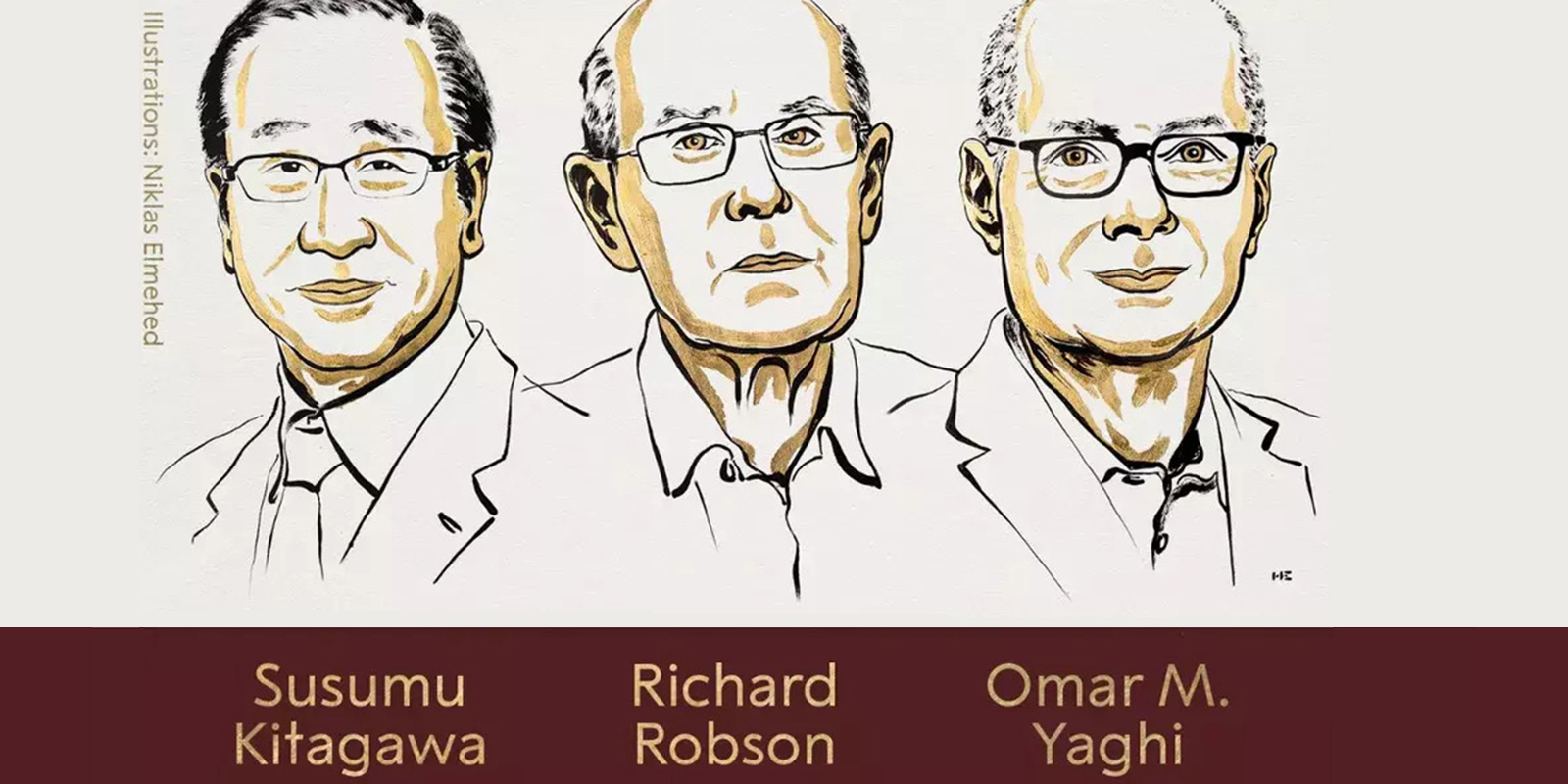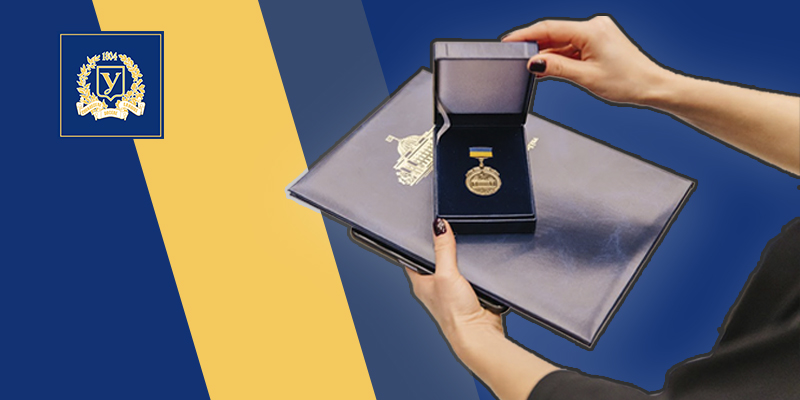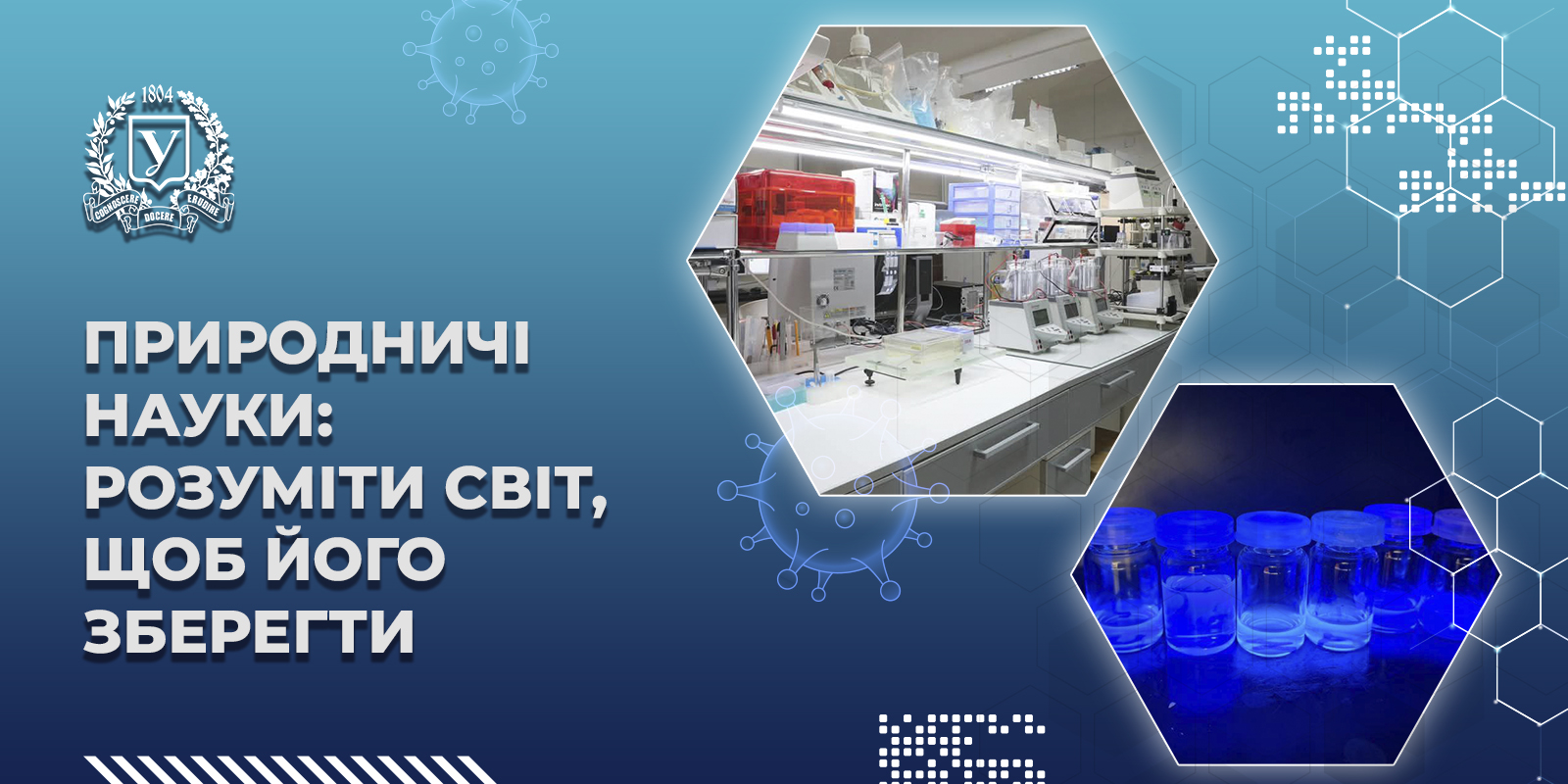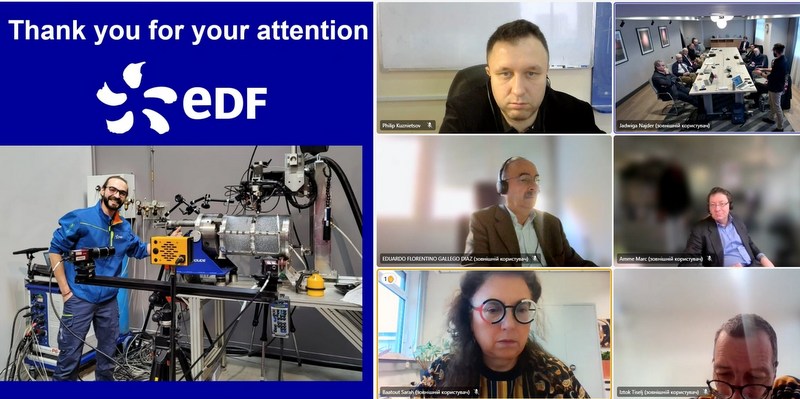Nobel 2025: How the Chemistry of the Future Is Already Changing the Present

What do science and LEGO bricks have in common? How can materials with “holes” purify air, store hydrogen, and even heal? And why has a scientific discovery made in the late 1990s now captured the attention of the entire global scientific community?
With this interview, we begin a series of conversations with Karazin University scientists about this year’s Nobel Prize laureates. We start with the Nobel Prize in Chemistry.
We talk with Anton Panteleimonov, Vice-Rector for Research and Academic Affairs, about metal-organic frameworks, the impact of science on ecology, and the potential of Ukrainian researchers.
Anton Vitaliyovych, who received the 2025 Nobel Prize in Chemistry and for what achievements?
This year’s Nobel Prize in Chemistry was awarded to three scientists: Japanese chemist Susumu Kitagawa, Australian Richard Robson, and American-Jordanian researcher Omar Yaghi. They were recognized for their fundamental contribution to the creation and development of metal-organic frameworks (MOFs). These materials represent a real breakthrough in solid-state chemistry thanks to their exceptional porosity, structural order, and functional flexibility.
Could you explain in more detail what MOFs are?
The award honors the creation of the concept and practical realization of a new class of materials — metal-organic frameworks. MOFs are crystalline structures built from metal clusters and organic ligands, forming an extremely porous yet stable lattice. They can have an internal surface area of up to a thousand square meters per gram!
This enormous surface area allows their use in gas storage, catalytic processes, water purification, and even in the development of sensors and drug delivery systems. Such a level of controlled material design was previously unattainable — which is why this discovery is truly revolutionary.
How long did it take for the Nobel-recognized results to emerge after the first publications?
That’s an interesting and important question. The first significant publications appeared in the late 1990s and early 2000s — so we’re talking about roughly 25 years of active research. This timeline is typical for fundamental discoveries: first comes the theoretical foundation, then the synthesis of stable structures, and later — testing in real systems.
For example, Omar Yaghi synthesized MOF-5 as early as 1999, but practical applications emerged much later. The Nobel Committee traditionally recognizes not only scientific novelty but also long-term impact on the field.
Does this award shift research priorities worldwide? Do you expect increased funding in this field?
Absolutely. After each Nobel Prize announcement, a kind of “Nobel effect” can be observed: interest grows, additional funding appears, and new research programs are formed.
In the case of MOFs, we are already seeing increased investment in the EU, the US, and China. Clearly, topics related to green technologies, decarbonization, and energy storage — areas where MOFs can play a key role — will gain priority support.
How can Karazin University use this event to strengthen its own scientific schools?
First, we need to enhance the focus of our educational and research programs on advanced functional materials. This means updating master’s courses, including MOF-related topics in PhD research, and developing our laboratory infrastructure.
Second, we should initiate participation in international projects such as Horizon Europe, which already support “advanced materials” research. This is a great opportunity to strengthen the university’s reputation by engaging with the global scientific agenda.
What resources and infrastructure are needed for competitive MOF research? Does Karazin University have them?
Studying MOFs requires precise synthesis, analytical control at the nanoscale, and access to structural analysis techniques — X-ray diffraction, spectroscopy, and electron microscopy.
We already have part of the necessary equipment, but we also rely on collaboration with institutions possessing advanced analytical facilities. To become full-fledged players in this field, we need significant investment — both in instrumentation and in researcher training.
Finally, do you believe Karazin University could one day have its own Nobel laureates?
I am convinced it’s possible. The Nobel Prize recognizes long-term, systematic work, strong scientific schools, international cooperation, and support at all levels. Karazin University has powerful research directions and outstanding scientists who are fully capable of reaching that level.





%20(1).jpg)

.jpg)



.jpg)
